When we think about dangerous animals, many of us immediately imagine fierce predators like lions, sharks, or venomous snakes. But the truth is, some of the most dangerous creatures on Earth aren't always the ones you might expect. From tiny insects to massive predators, there are numerous animals out there capable of causing harm—whether through poison, strength, or sheer unpredictability. Let’s dive into the world of the most dangerous animals on Earth.
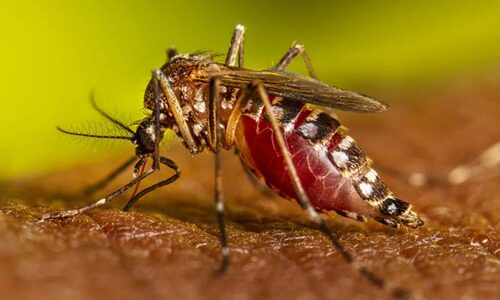
You might be surprised to see mosquitoes at the top of the list, but these tiny insects are responsible for more human deaths annually than any other creature. They carry diseases like malaria, dengue fever, and Zika virus, killing millions of people every year. The real danger comes from the diseases they transmit, not the mosquito itself, making them the most dangerous animal on Earth by far.
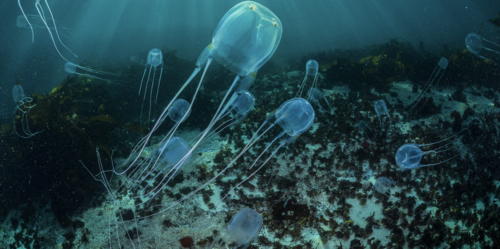
If you’ve ever heard about dangerous sea creatures, the box jellyfish should definitely be on your radar. This jellyfish has tentacles that can deliver a deadly sting, releasing toxins that cause excruciating pain and can lead to heart failure in mere minutes. Found primarily in the waters around Northern Australia and Southeast Asia, box jellyfish are best avoided!
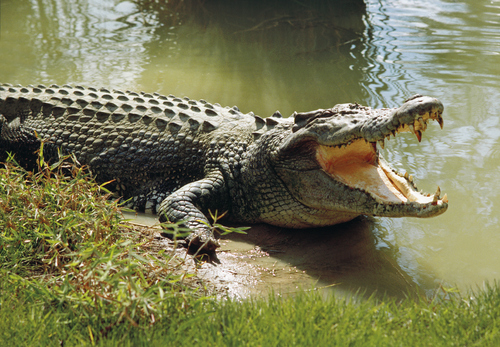
Known for their sheer size, power, and deadly bite, saltwater crocodiles are the largest living reptiles and one of the most dangerous predators on Earth. These beasts can grow over 7 meters long and weigh over a ton! They are capable of ambushing and killing large prey, including humans. Their powerful jaws can crush bones with ease, making them a serious threat in coastal regions.
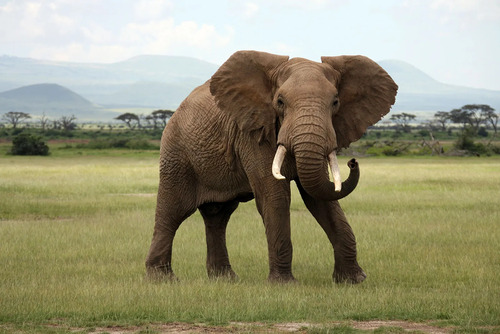
While African Elephants-Are-Endangered.html">elephants are often seen as peaceful creatures, they can become incredibly dangerous when threatened. They are responsible for more human deaths in Africa than many other large animals combined. Elephants can charge at incredible speeds, and their sheer size and strength can cause fatal damage. If you encounter one in the wild, it's best to give them plenty of space.
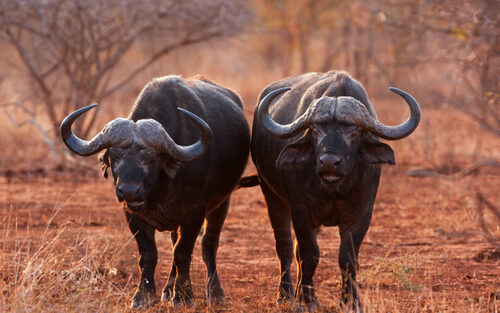
Don’t let their docile appearance fool you—cape buffalo are one of the most dangerous animals in Africa. Often referred to as "Black Death" by hunters, these large herbivores are responsible for more hunter deaths on the continent than any other large animal. Their horns can be used with deadly precision, and they are known to charge without warning, especially if they feel threatened or cornered.
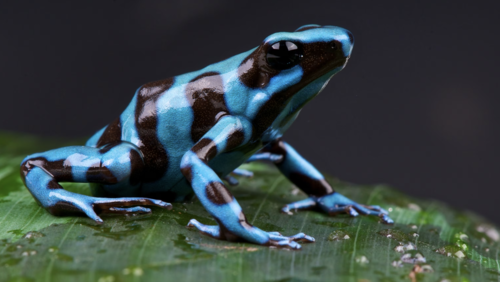
The poison dart frog is small and colorful, but it's also deadly. These frogs, which are found in the rainforests of Central and South America, produce toxins so powerful that they can kill a human with just a small amount of their skin secretion. The bright colors are a warning sign to predators, letting them know these frogs are not to be messed with.

The king cobra is not only one of the longest venomous snakes in the world but also one of the deadliest. Native to parts of Asia, this snake can grow up to 18 feet long and has enough venom in a single bite to kill an elephant. It’s a highly skilled hunter, and its venom is strong enough to paralyze and kill its prey.
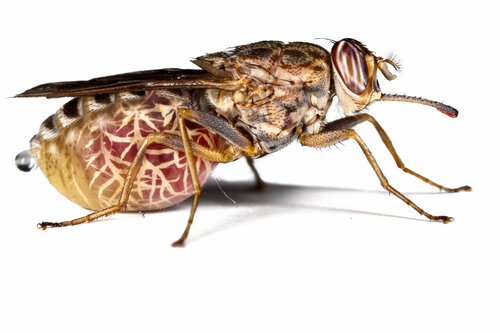
Another small but deadly insect, the tsetse fly is infamous for carrying African sleeping sickness, a disease that can be fatal if left untreated. Found in sub-Saharan Africa, the fly infects humans with parasites that cause fever, headaches, and eventually coma. It's a serious health threat in rural areas of the African continent.
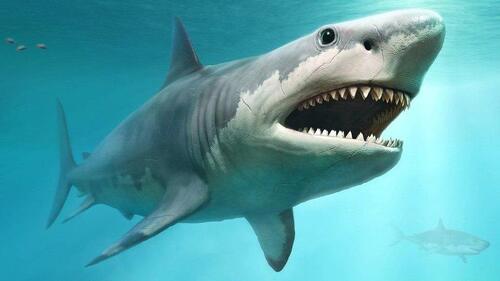
When most people think of dangerous animals in the ocean, the great white shark comes to mind. With its powerful jaws and sharp teeth, the great white can easily take down large aquarium/52-marine-animals.html">marine animals, including seals, and is capable of attacking humans if provoked or mistaken for prey. While shark attacks are rare, the sheer size and power of these predators make them formidable.
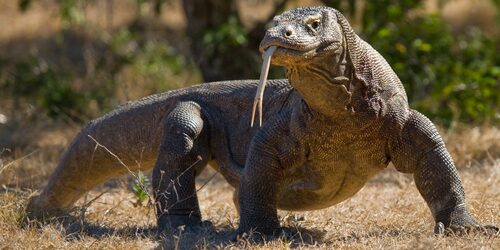
The Komodo dragon is the largest living lizard, capable of growing up to 10 feet long. These giant reptiles are not just scary in appearance; their bites are loaded with bacteria that can cause infection in their prey, leading to death. They are also powerful hunters, using their sharp claws and powerful jaws to capture and consume animals much larger than themselves.

At first glance, the cone snail may look like a pretty seashell, but it's one of the deadliest aquarium/52-marine-animals.html">marine animals. Found in tropical and subtropical waters, this mollusk uses a sharp, harpoon-like tooth to inject venom into its prey. The venom is so powerful that it can cause paralysis and death in humans if untreated.
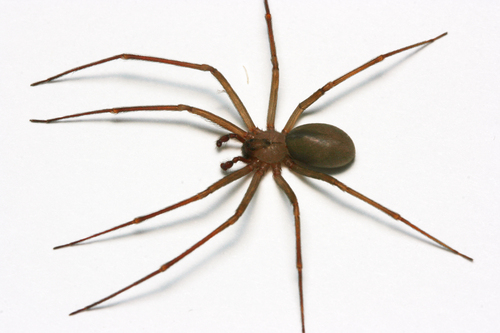
The brown recluse spider is not aggressive, but it has a venomous bite that can cause severe skin damage and even systemic reactions in some cases. Found in the United States, this spider hides in dark places like closets and basements. A bite from a brown recluse can cause necrosis (tissue death) and require medical attention.
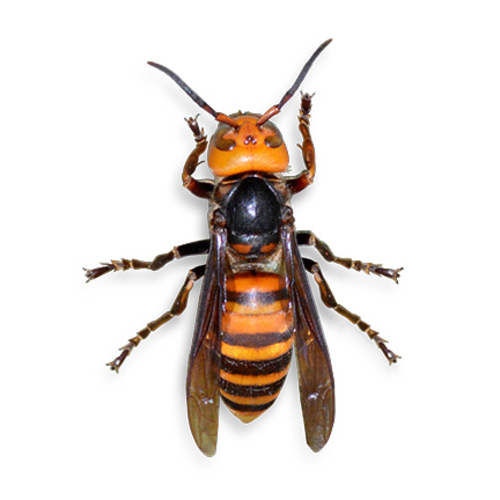
The Asian giant hornet has a sting that is both painful and potentially deadly. While not aggressive by nature, these hornets will defend their nests fiercely, and their sting can cause severe allergic reactions. The venom from their sting can also cause necrosis and tissue damage. In some cases, repeated stings from an angry swarm can be fatal.
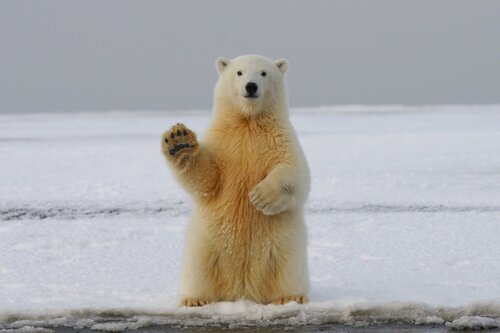
While polar bears are usually calm, they are powerful predators capable of killing humans. They are the largest land carnivores and hunt seals in the wild. A hungry polar bear can be a serious threat to anyone who happens to be near, as it is not used to encountering humans and will see them as prey if food is scarce.
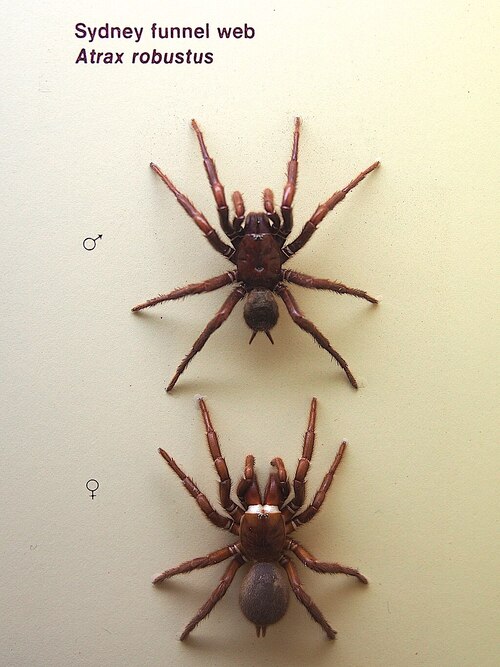
The Sydney funnel-web spider is notorious for its aggressive nature and highly potent venom. Found primarily in Australia, this spider is capable of killing a human in just a few hours if not treated promptly. The venom affects the nervous system and can lead to paralysis and death.
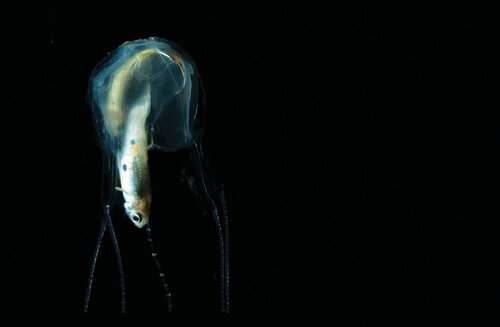
The Irukandji jellyfish, although tiny, packs one of the deadliest stings in the world. Found in the waters off Australia, its venom can cause extreme pain, nausea, and even death. Despite their size, their sting is extremely painful and has been known to cause death in minutes if not treated immediately.
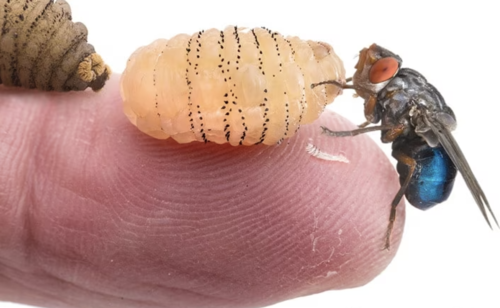
The human botfly is notorious for laying its eggs under human skin, where the larvae hatch and burrow into tissue. While they don’t usually kill, the larvae can cause extreme discomfort, pain, and infection if not removed. The idea of having living creatures growing inside you is enough to give anyone chills.
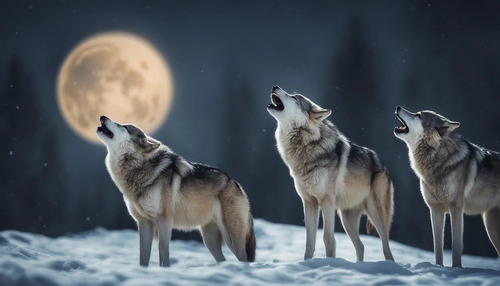
While generally feared as apex predators, wolves can be extremely dangerous in the wild. Packs of wolves are skilled hunters and can take down large prey, including deer and even moose. Although attacks on humans are rare, they are still capable of causing harm if threatened or provoked.
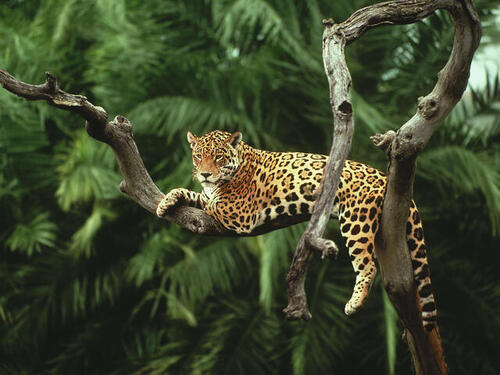
The jaguar is the largest big cat in the Americas and one of the most powerful predators. Their incredibly strong jaws can crush the skulls or shells of their prey, including large animals like capybaras and caimans. Jaguars are solitary hunters and are incredibly stealthy, making them both dangerous and elusive.
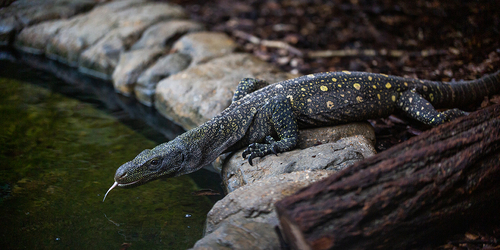
Not just a monitor lizard, the crocodile monitor is a terrifying predator native to New Guinea. Known for its aggressive behavior and long claws, it can easily overpower prey that is much larger than itself. It has the strength to strike quickly and can inflict deadly bites if threatened.
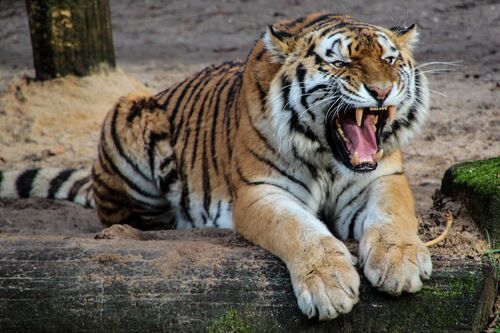
The tiger is another apex predator, feared for its strength, speed, and hunting skills. Tigers are capable of killing large prey, including deer, wild boar, and even other big cats like leopards. With powerful jaws and razor-sharp claws, tigers are capable of bringing down their prey in seconds.
According to the Centers for Disease Control and Prevention (CDC), humans are actually considered the second most deadly animals on Earth, largely due to violent crime. Every year, there are approximately 24,849 homicides in the United States, with 19,651 of those being caused by firearms. This means that for every 100,000 people, there are 7.5 homicides. In addition to homicides, 1.4 million emergency room visits are reported annually due to human-on-human assault. These statistics highlight the significant impact that violence within human populations has on overall mortality and injury rates. While wildlife certainly poses dangers, the sheer scale of harm humans inflict upon each other places us among the most dangerous animals on Earth.
The animals on this list are dangerous for various reasons—whether it's their size, venom, speed, or sheer strength. While some may seem unlikely to cause harm (like the mosquito or the tsetse fly), the truth is that even the smallest creatures can be deadly. It’s important to understand the threats posed by these animals, not out of fear, but out of respect for their power and the role they play in the ecosystem.
Next time you encounter one of these creatures in the wild, remember that the best way to stay safe is to respect their space and understand their behavior. While they are dangerous, they are also vital parts of the natural world.
animal tags: dangerous-animals
We created this article in conjunction with AI technology, then made sure it was fact-checked and edited by a Animals Top editor.